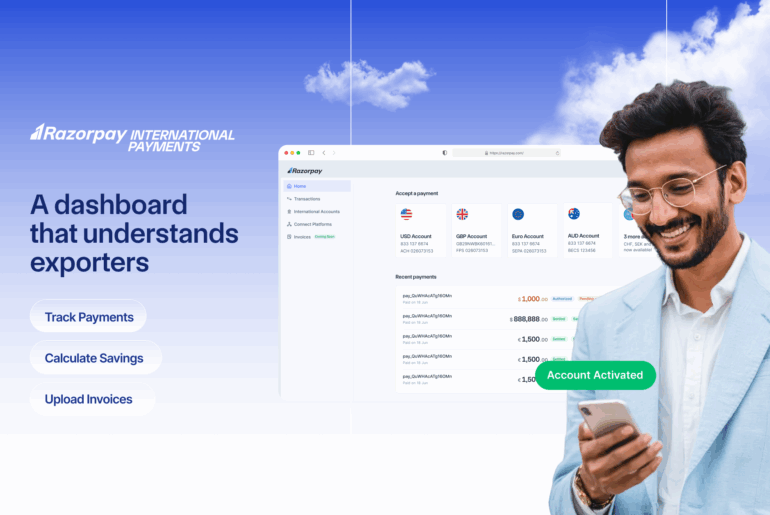ACH payment gateways are a crucial tool for businesses looking to streamline their payment processes. As an entrepreneur or business owner, understanding the ins and outs of ACH (Automated Clearing House) payments can help you make informed decisions about your company’s financial operations.
In this article, we’ll delve into the concept of ACH gateways, explore their benefits, and guide you through the process of setting up ACH payments for your business.
Table of Contents
Why Use An ACH Payment Gateway?
Offering ACH payments provides your customers with greater flexibility and convenience when it comes to settling their bills or making purchases. By giving them additional payment options beyond traditional methods like cash or cheques, you can cater to a broader audience and increase customer satisfaction.
Here are some key advantages of implementing an ACH payment gateway:
-
Enhanced security compared to other payment methods.
-
Cost-effective solution with lower transaction fees than credit cards.
-
Easier approval process for merchant accounts.
-
Seamless integration with existing financial systems.
ACH Payment Gateway APIs
ACH gateway APIs (Application Programming Interfaces) enable businesses to accept ACH payments directly through their front-end applications or seamlessly integrate them within their current system of record. This streamlines the payment process and ensures a smooth user experience for your customers.
When choosing an ACH payment API, look for the following essential features:
-
Easy drop-in options for quick deployment.
-
Low-code components to simplify integration.
-
Robust developer support for troubleshooting and customisation.
ACH Payment Gateway Costs
While high-risk merchants may face higher processing fees, ACH transfer processing is generally more cost-effective than credit card transactions for most businesses. The exact costs will vary depending on your industry and the specific provider you choose, but it’s important to compare pricing structures and consider long-term savings when making your decision.
How to Set Up ACH Payments for Your Business
Getting started with ACH payments involves a few key steps:
-
Choose a reputable ACH payment gateway provider.
-
Gather the required documentation, such as business registration and bank account details.
-
Integrate the gateway with your existing systems using APIs or other methods.
-
Obtain customer authorisation for ACH transactions.
To ensure a smooth onboarding process, work closely with your chosen provider and follow their guidelines for integration and compliance.
ACH Payment Gateway Providers: A Quick Comparison
|
Provider |
Key Features |
Pricing |
Support |
Integration Options |
|
PDC Flow |
Secure transactions, recurring payments |
Competitive rates |
24/7 customer support |
REST API, SDKs |
|
Stripe |
User-friendly interface, global reach |
Pay-as-you-go |
Online documentation |
API, pre-built integrations |
|
Plaid |
Bank account verification, tokenisation |
Custom pricing |
Developer resources |
API, drop-in components |
|
Dwolla |
White-label solutions, mass pay outs |
Volume-based |
Dedicated support team |
RESTful API |
Future Trends in ACH Payments
As technology advances, the world of ACH payments continues to evolve. Innovations like same-day ACH and real-time payment gateways are transforming the speed and efficiency of transactions. Additionally, the growing adoption of API-driven automation is streamlining processes and reducing manual intervention. These trends are shaping the future of B2B and consumer payments, making it crucial for businesses to stay ahead of the curve.
Wrapping Up
By understanding the power of ACH payment gateways and following the steps to set them up for your business, you can streamline your financial operations, reduce costs, and provide your customers with a seamless payment experience. Step into the future of digital transactions and unlock new opportunities for growth and success.
Frequently Asked Questions
1. What information is required to process ACH?
To process an ACH transfer, you’ll need the routing number and account number of the bank account being debited or credited.
2. What is the lifetime of an ACH transaction?
ACH transactions typically take 3-5 business days to settle, although same-day ACH options are becoming increasingly available.
3. What is the difference between ACH and credit card transaction processing?
ACH transactions involve direct transfers between bank accounts, while credit card transactions go through payment card networks and processors. ACH payments are often less expensive and more secure.
4. What if the consumer does not have the routing and account number?
In cases where the consumer doesn’t have their routing and account number readily available, open banking options allow them to link their bank account using online banking credentials.
5. What is an ACH gateway?
An ACH payment gateway is the software that enables businesses to initiate and process ACH transactions, facilitating the movement of funds between parties.
6. How does an ACH Payment Gateway work?
An ACH gateway acts as an intermediary between the business and the banking system, securely transmitting transaction data and ensuring proper communication between all parties involved.
7. What are the costs associated with ACH Payment Gateways?
Costs may include setup fees, transaction fees, and monthly or annual maintenance fees. These costs are generally lower than those associated with credit card processing.
8. Can ACH Payment Gateways be used internationally?
While ACH is primarily used for domestic transactions within the United States, some providers offer international ACH services or integrate with global payment networks to facilitate cross-border payments.


